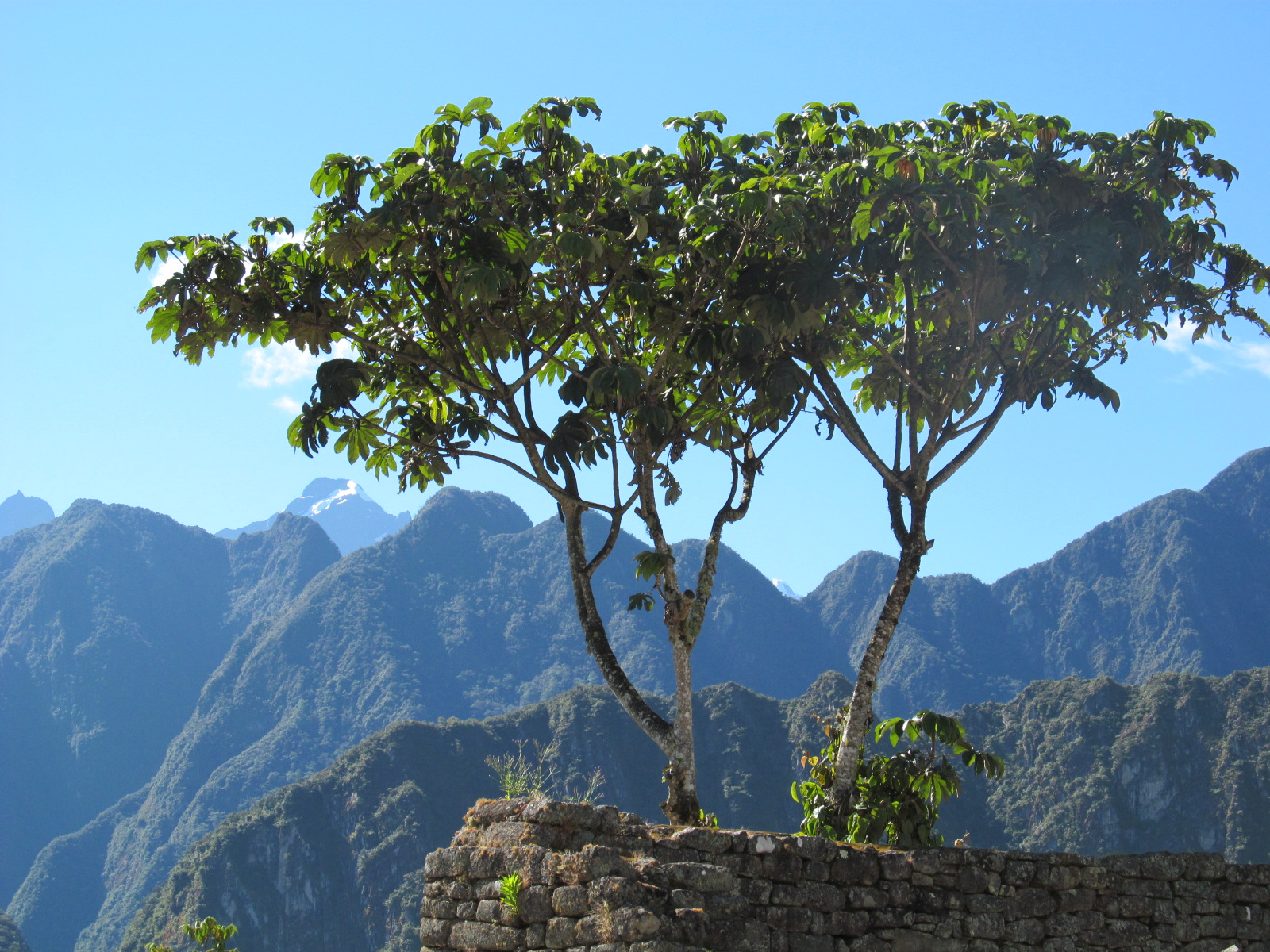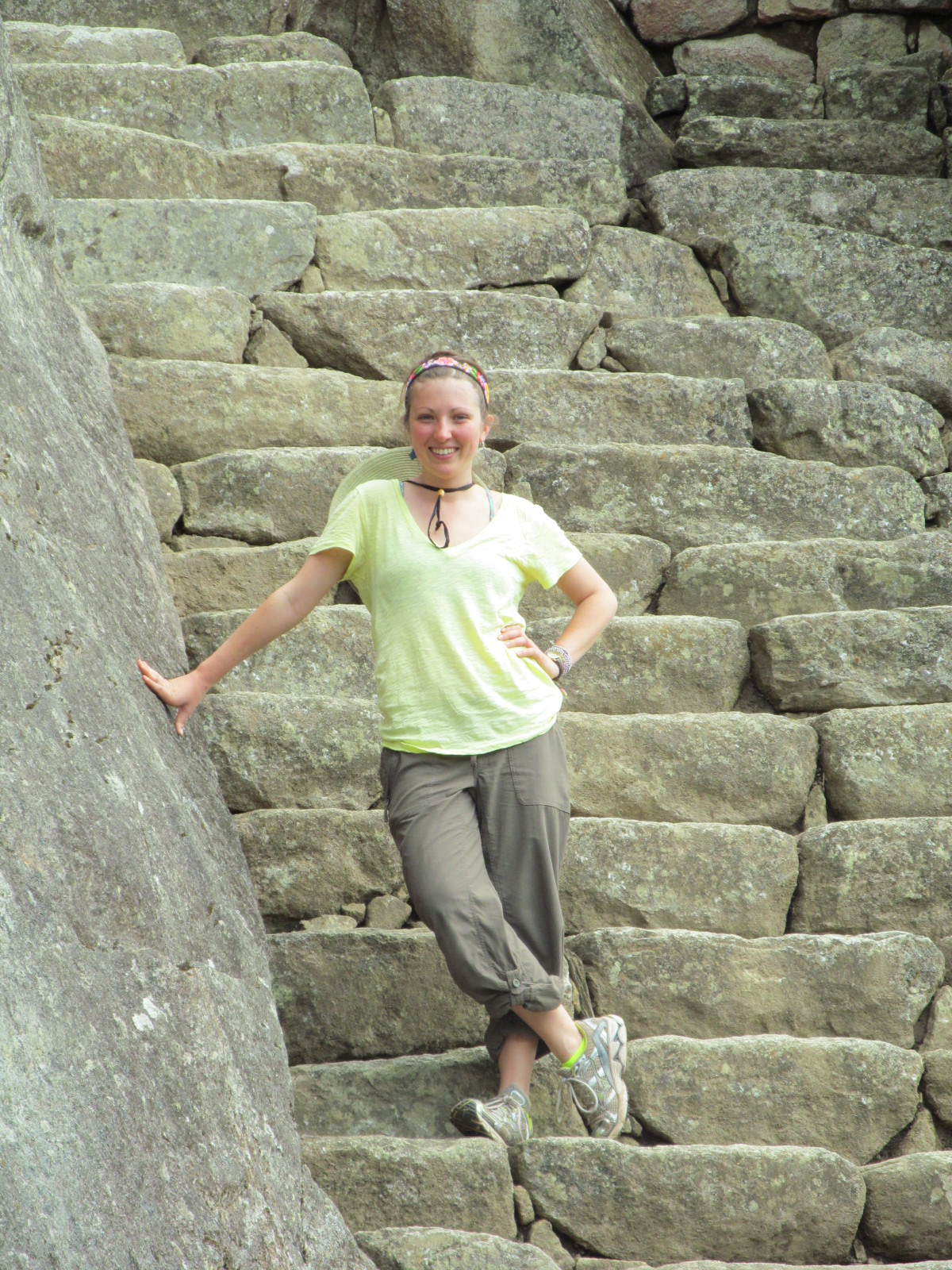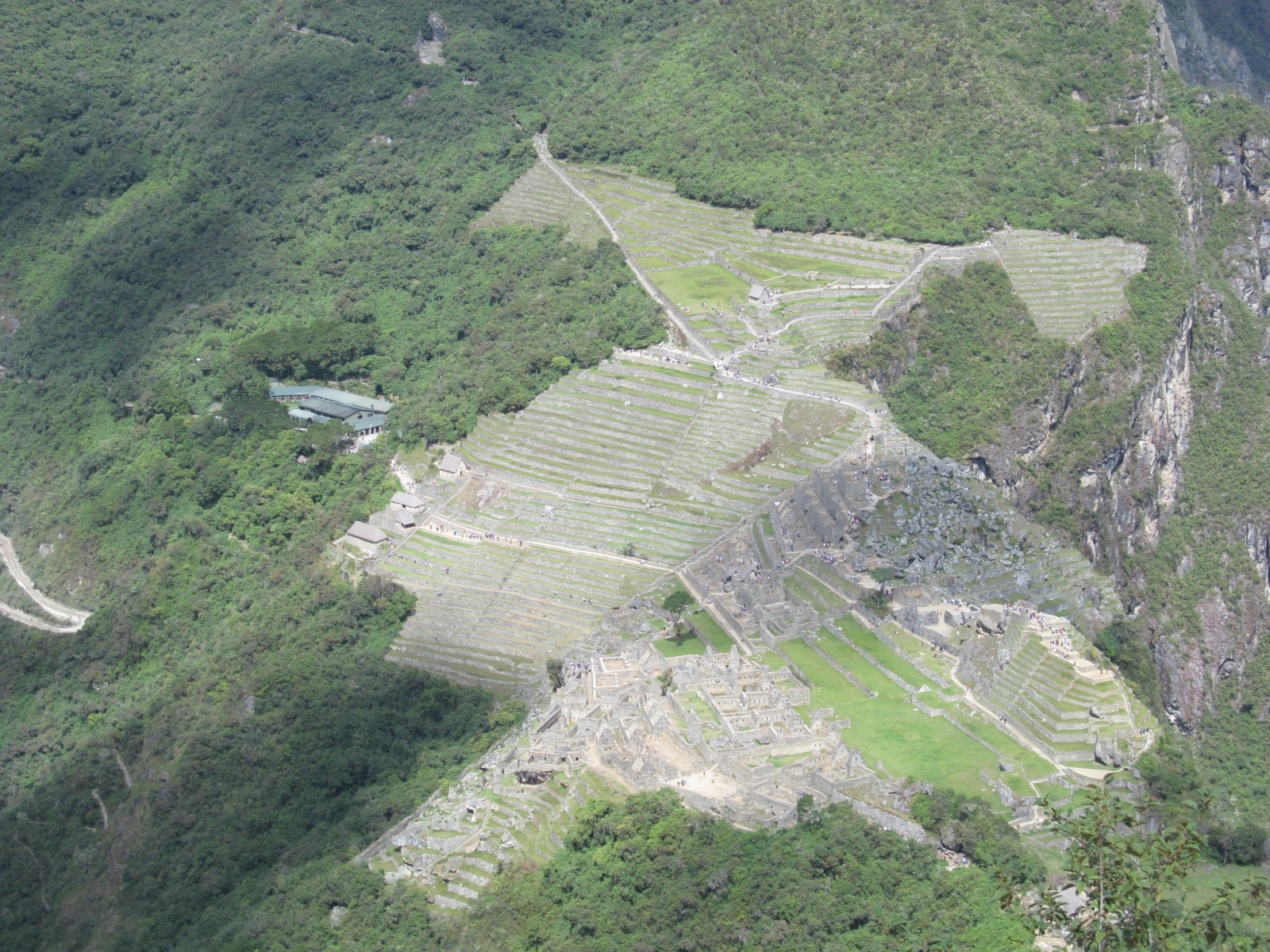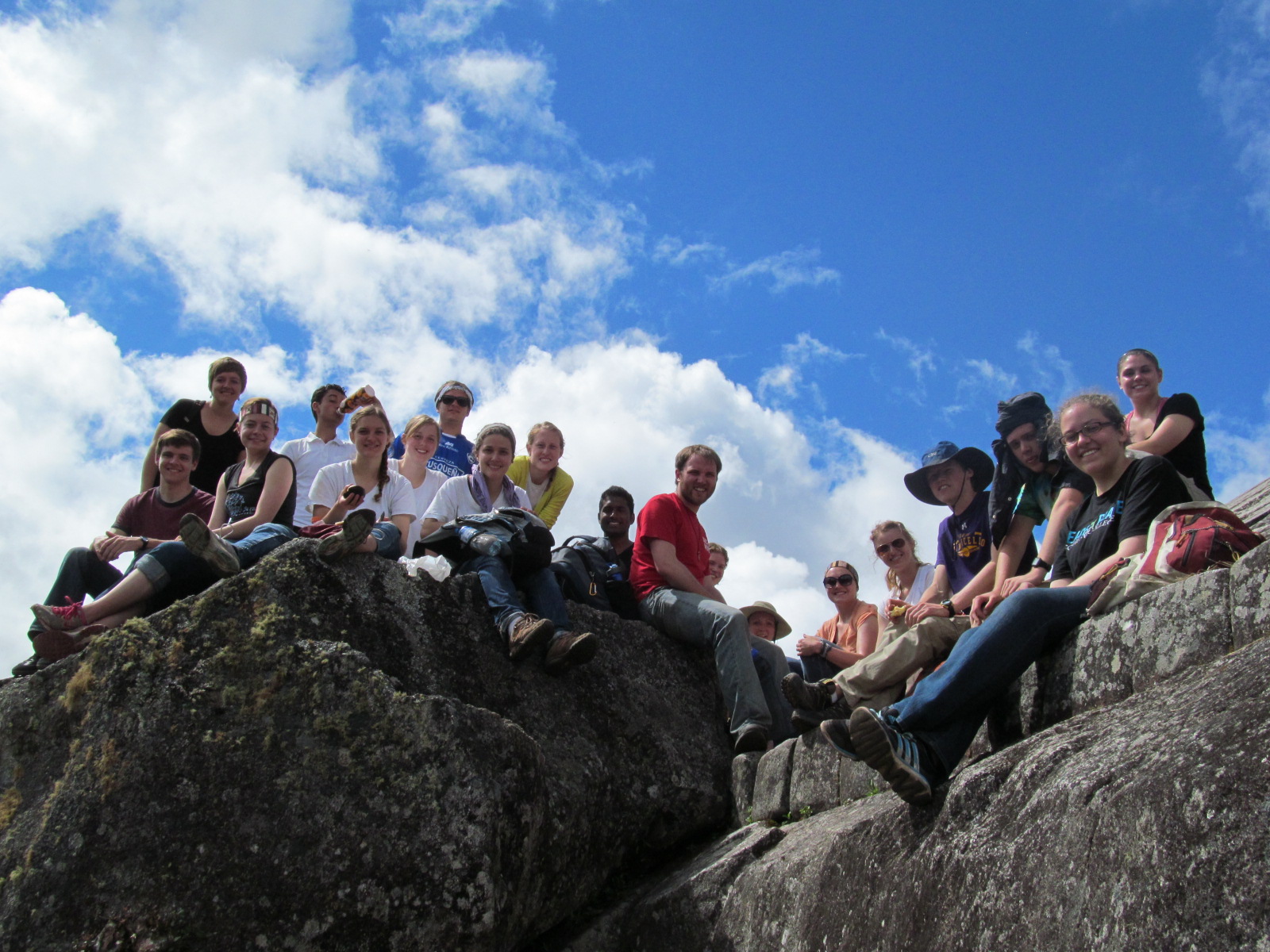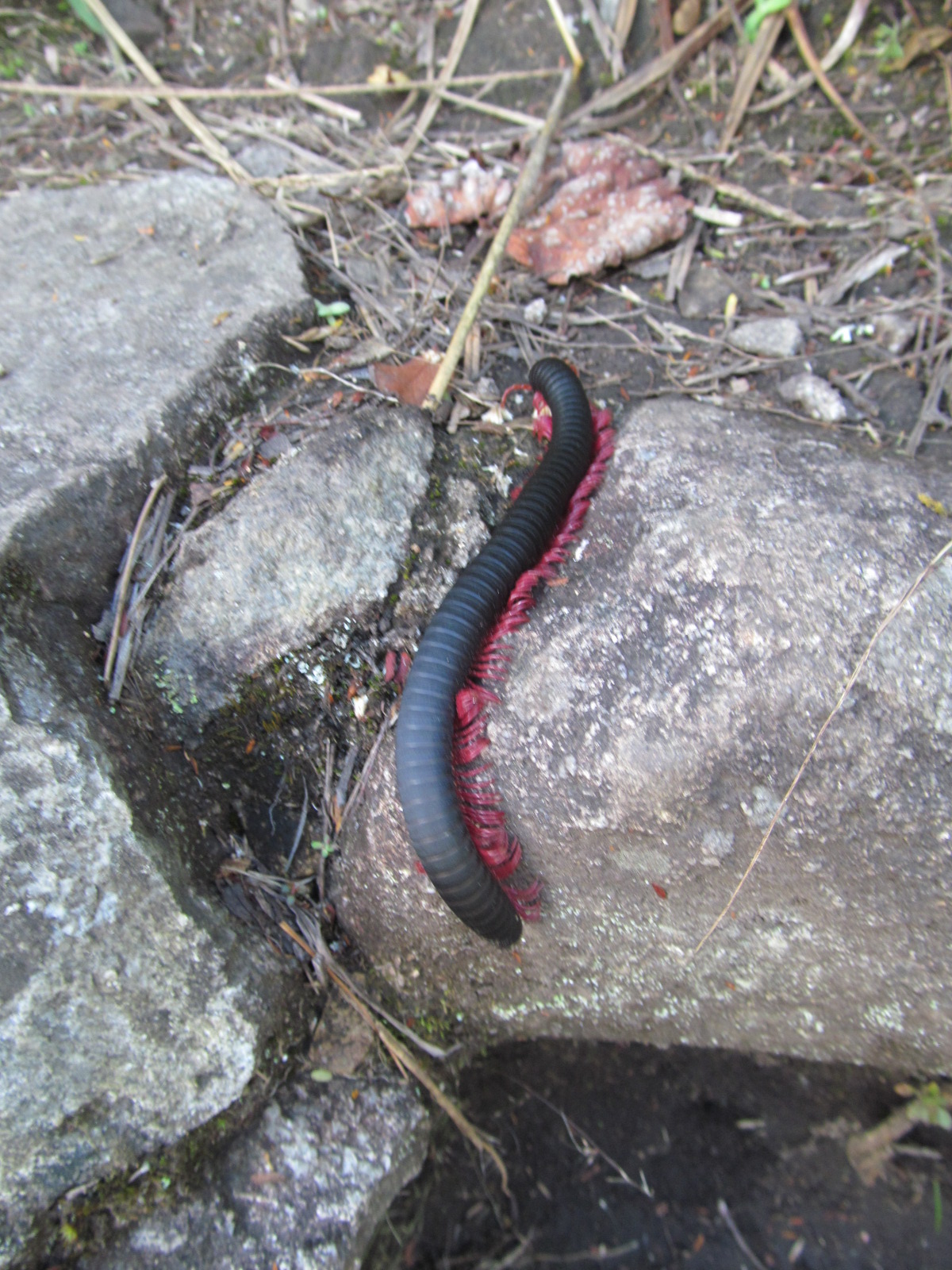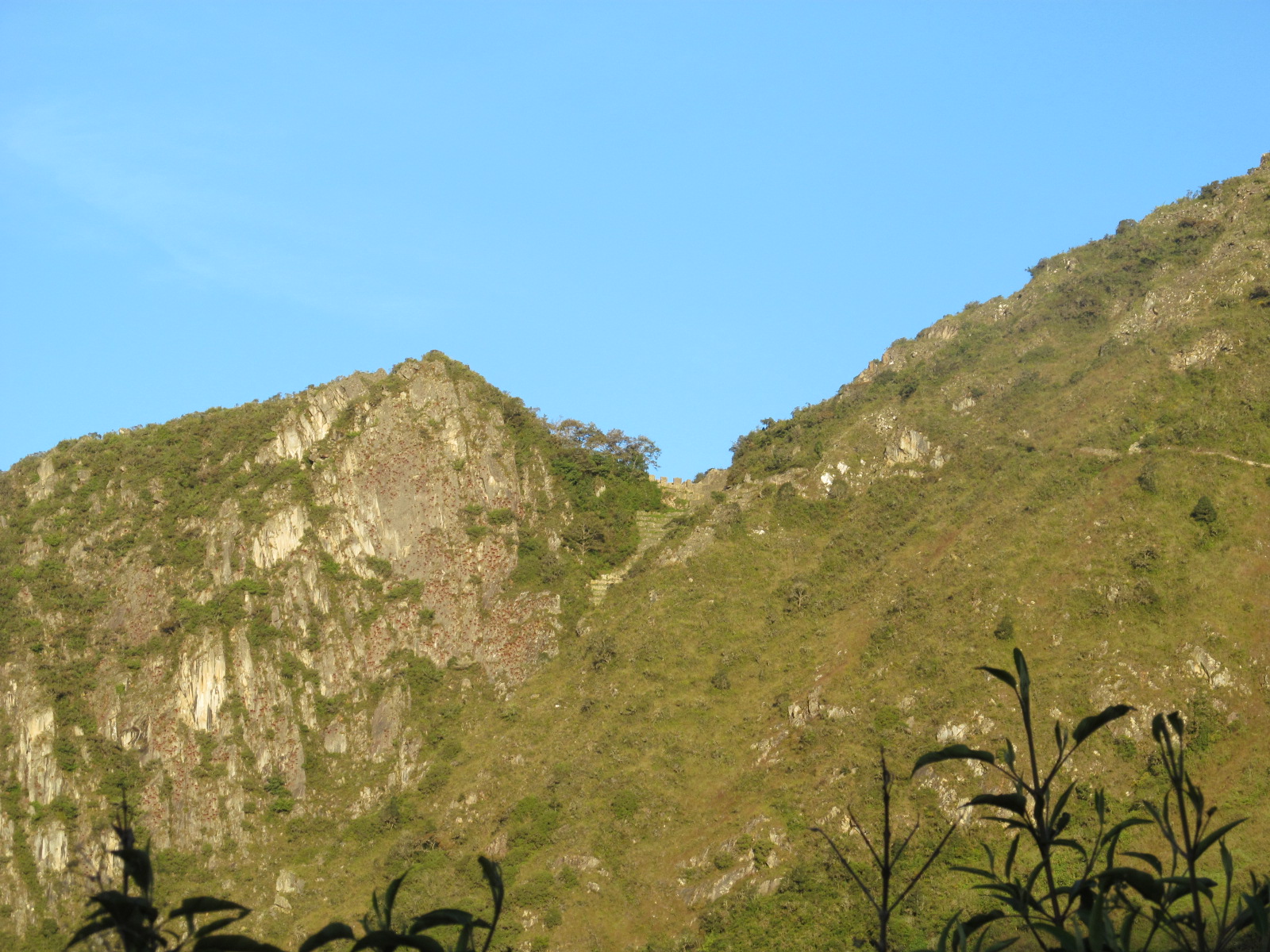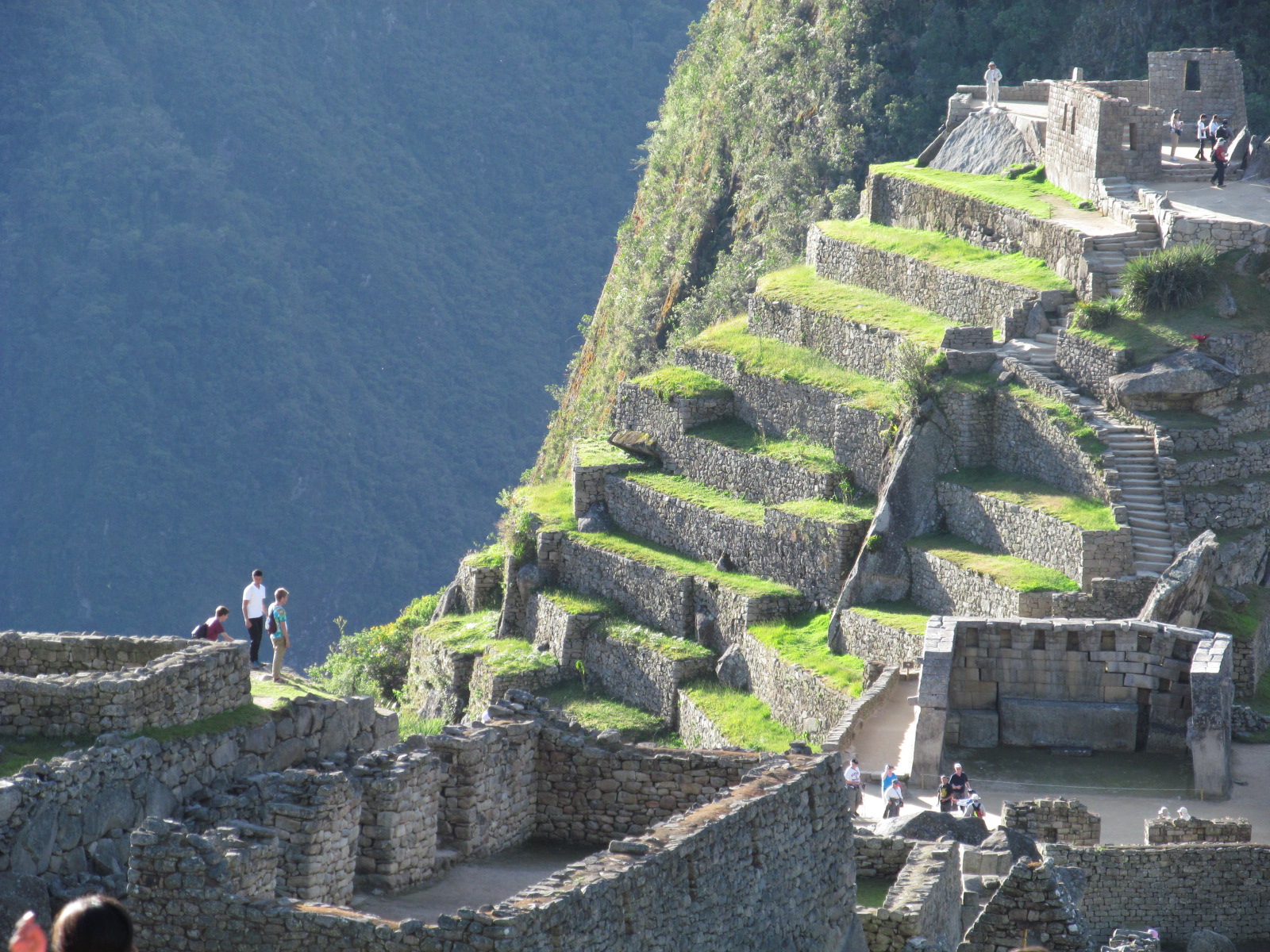Machu Picchu
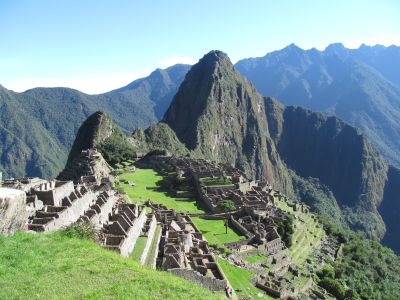
Machu Picchu means “old mountain” in Quechua. The greatest Inca ruler, Pachucutec, built this citadel atop a giant granite outcropping many years before the arrival of the Spanish in 1532. Archaeologists believe that the city provided a place for the Inca ruler and his predecessors to rest — a royal retreat center for the king and his court. It was also a religious site, as evidenced by the fine stone work and temples situated around the city. Perhaps it was here that Pachucutec had his grand revelation: there must be a God greater than the sun, Inti, worshiped by his people at the time. After all, how could a celestial being that spends half the day on the other side of the world, and is sometimes obscured by clouds, be omnipotent? When he asked his priests about the beliefs of his forefathers they told him about Wiracocha, the creator of all things.
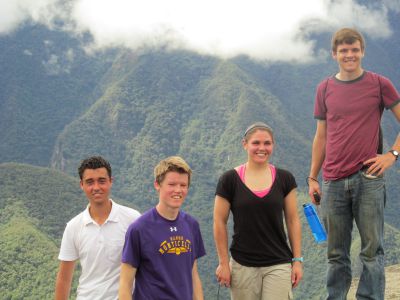
The Spanish never found Machu Picchu. They must have ridden their horses along the river bottom far below, but no horse could have climbed the steep slope covered in thick vegetation that separated the valley floor from the citadel above. It was only in 1911 that an American university professor, Hiram Bingham, stumbled upon the site. He did not actually discover the place — it was already known to locals and an Andian family lived here, living off the crops they grew on the terraces constructed centuries before. But Hiram Bingham was an archaeologist, a photographer and a communicator. Within a year of his first visit to what is now one of the Seven Wonders of the Modern World, his photos and story appeared on the pages of National Geographic. One hundred years later, Machu Picchu is the most-visited international tourist destination in South America.













